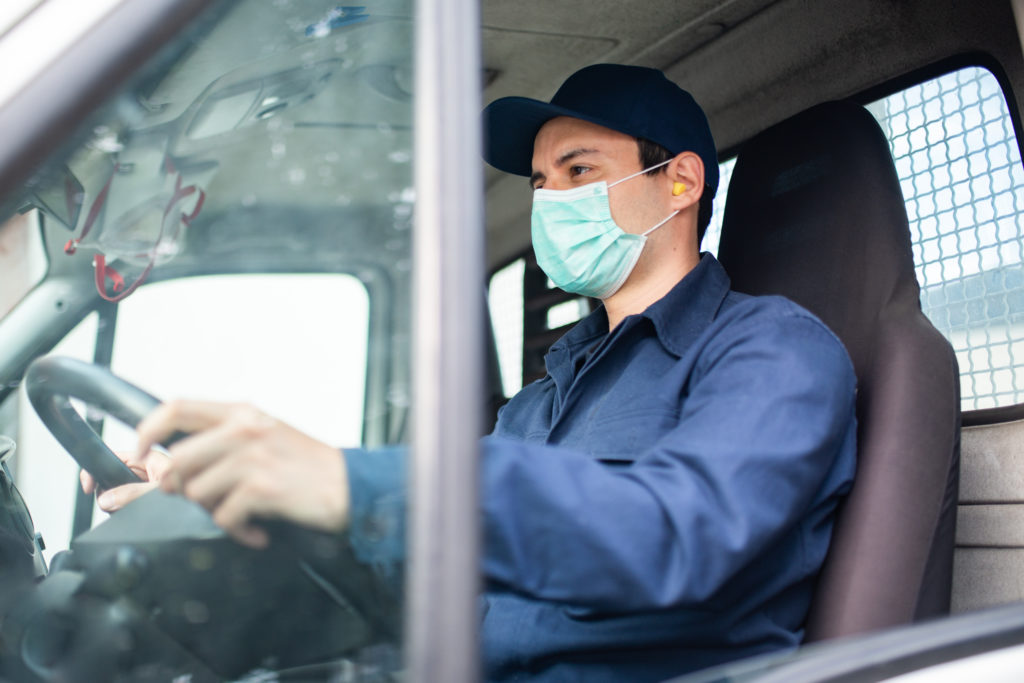Many states across the U.S. are enduring extreme heat waves following an already hotter-than-usual month of June. Still, these states are determined to keep trucking operations moving as usual.
“While we can’t control the weather, we can control what we do,” tweeted the governor of Montana recently. “Remember to use caution when working or recreating outdoors.”
In Montana, Governor Greg Gianforte has declared a state-of-emergency throughout the state for fire and drought conditions; this declaration also implements regulatory relief for truck drivers. Specifically, commercial vehicle drivers offering services to fire suppression efforts during dangerous fire conditions as well as those helping with the transportation of water, forage, and agriculture implements during drought conditions will be granted hours-of-service requirement flexibility under the executive order.
In Thompson Falls, Montana, on the west side of the state, mid-July temperatures have reached highs of around 95 degrees.
According to Gianforte’s office, around 91% of the state of Montana has been experiencing “abnormally dry to extreme” drought conditions since last month. During this same period in 2020, only about half of the state was undergoing these kinds of conditions.
“Every region of the state faces severe to extreme drought conditions, and the situation is getting worse,” said the governor.
In Las Vegas, temperatures have reached as high as 113 degrees, and Redding, California has seen highs of around 100 degrees this month. Temperatures in Idaho have been hitting around 101 degrees in mid-July and have stayed nearly as high lately, especially in areas around Boise.
Because these highs are nearly unprecedented in many areas, safety consideration information has been sent to members of the Idaho Trucking Association with precautions for truck drivers, telling them to stay as rested and hydrated as possible.
“Everybody’s been running their business as usual,” said Idaho Trucking Association President, Allen Hodges. “At the same time, people have been taking precautions because of the heat.”
Idaho is gearing up for potential 100-degree days or higher in August, Hodges said, and the Association–located west of Boise in Meridian, Idaho–has already seen temperatures of at least 98 degrees.
In Arizona, one of the hottest states in the country, temperatures have already followed an “early heating trend,” reaching up to 117 degrees in June–which isn’t even the hottest month of year, noted Tony Bradly, President of the Arizona Trucking Association. The Association is based in Tolleson, an area the National Weather Service predicts will reach temperatures of at least 111 degrees throughout the month of July.
“We’re fairly used to being on the surface of the sun,” said Bradley, who added that he made sure to remind drivers to keep their tire pressure in mind when operating in such extreme conditions.
“You want to make sure that your tire pressure is correct, because if your tire pressure is low, that could lead to blowouts,” he said.
Pre-trip inspections are key during times like these, and making sure anti-idle devices and coolant hoses are working properly is vitally important, explained California Trucking Association and Liberty Linehaul West Inc. president, Greg Dubuque.
Additionally, truckers should take note that the big windows on large trucks can allow in a lot of heat and sunlight–so skin protection should be a priority. He even goes as far as to tell drivers to position their trucks toward the west if they are parking in a rest area overnight.
“With more glass in the cab of the truck, there’s more sunlight coming in, bringing more heat,” during the sunrise, and in general, Dubuque noted.
When trucks are hauling goods that can be affected negatively by high temperatures–like crops or livestock–truckers should be sure to do their loading and unloading when temperatures are at their lowest during the morning and evening. Carriers must make sure the arrival of living goods is done as safely and healthily as possible, explained American Trucking Associations’ Agricultural and Food Transporters Conference executive director, Jon Samson.
Idaho, North Dakota, Nevada, and California, which are all enduring extreme heat right now, have not yet been issued any restrictions or guidance from their transportation agencies regarding their freight loads being shipped during this time.





